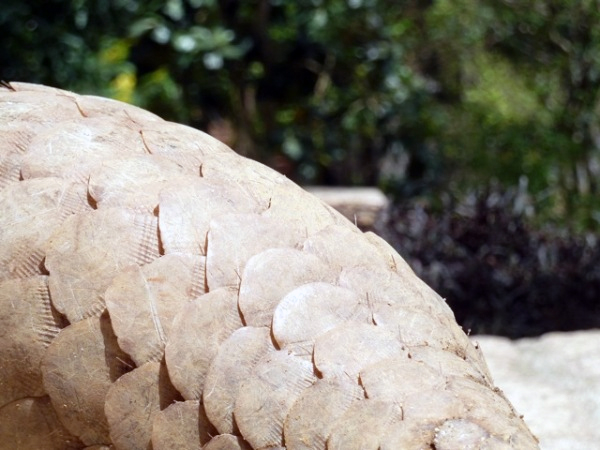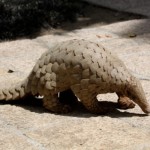An Indian Paramilitary force has busted two wildlife smugglers carrying pangolin scales toward the Myanmar border.
The Times of India reported on the Assam Rifles’ recent bust, explaining that the duo were illegally transporting twelve kilograms of pangolin scales and appeared to be moving toward the border town of Moreh.
Myanmar is a known smuggling route, popular amongst wildlife traffickers transporting contraband to and from China.
Last November, the Rifles also seized fourteen kilograms of scales from a pair of suspects near Moreh, but the outcome of their criminal proceedings is unknown.
This appears to be India’s first pangolin bust so far this year.
Media reported on at least eight in 2011, which amounted to no fewer than 700 of the scaly anteaters in sum — and perhaps as many as almost 1,000.
Interestingly, it seems that it is mostly the animals’ scales that are moving through India, as scales alone (no bodies, no flesh) were sized in all but one of the eight incidents.
Plight of the pangolins
An estimated 41,000 (and perhaps as many as 60,000) pangolins were poached from the wild in 2011 alone.
The demand for these insectivorous mammals stems primarily from China and Vietnam, where their flesh considered a delicacy and is also consumed for perceived “health benefits”, such as kidney nourishment.
Additionally, traditional Chinese medicine consumers superstitiously believe ingesting concoctions derived from pangolin scales (and blood and other body parts) can reduce swelling, improve liver function, promote weight loss, stimulate blood circulation, enhance lactation in breast-feeding women, and even cure cancer, among other things.
There is no scientific evidence to support any of the medicinal claims made about pangolin body parts.
In fact, rhino horn and pangolin scales, much like our own hair and nails, are chiefly composed of keratin and studies have repeatedly shown rhino horn to be void of any curative properties.
Demand for pangolin parts is likely being stimulated by lucrative pangolin farming ventures in China. (Read more about it here.)
Author: Sarah Pappin. Read more about Sarah here.
Image by Dushy Ranetunge via Wikimedia Commons







Comments are closed.